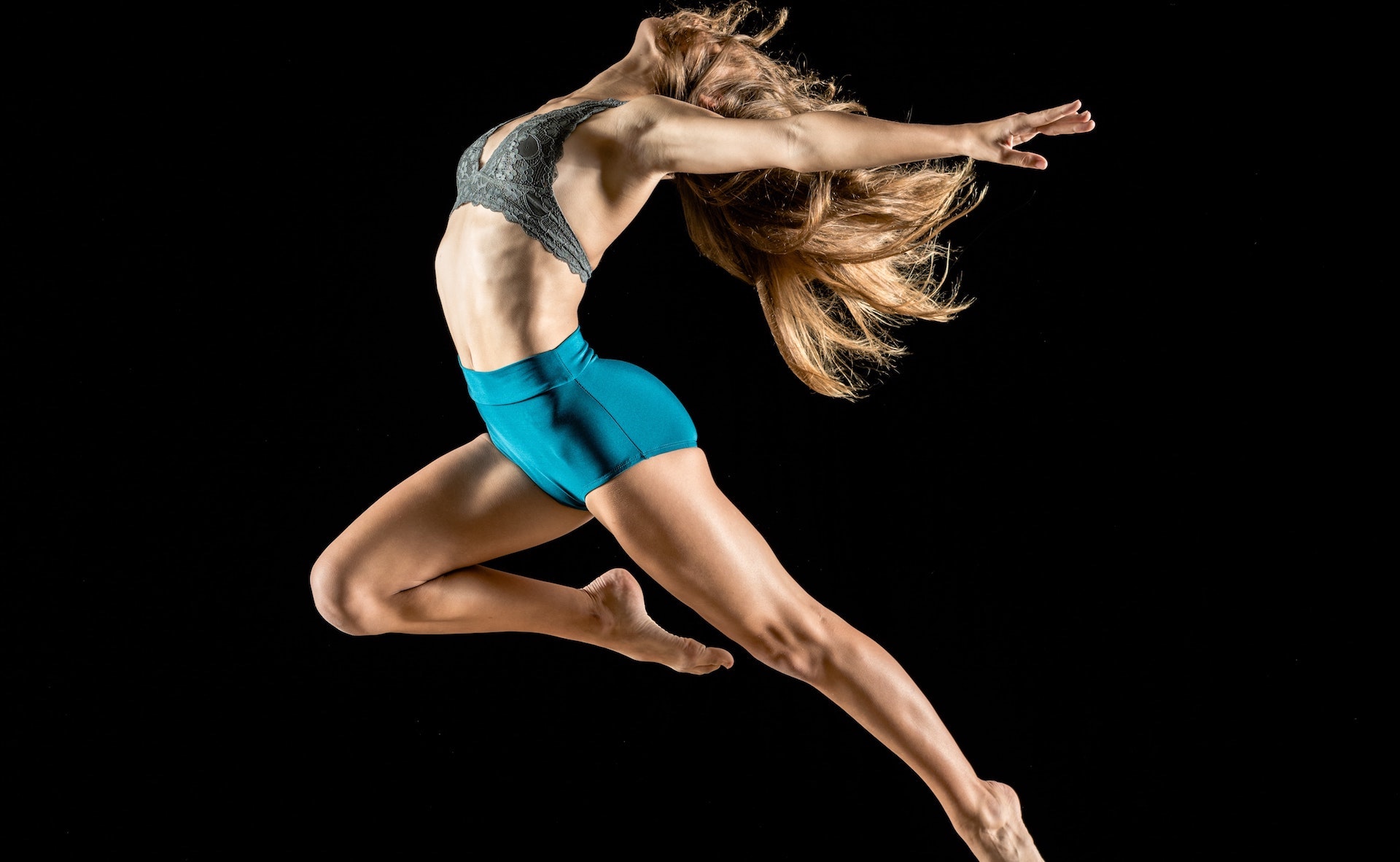
18 Jan Jump to New Heights! 4 Tips to Get You In the Air, and Higher
Sauté, Temps Levé, Jeté, Assemblé, or Sissonne are the names for the different ways we can jump in ballet. The artistic expression of these movements combines beauty with safety and precision. Do you feel your jumps are lacking in any way? No need to give up! Even some of the most celebrated and powerful jumpers in ballet admit that flying through the air was not always second nature to them. At times it was the result of not knowing how to use their body efficiently for the execution. So to reach new heights remember that it’s more about the development of the move than any innate ability. BFW shares four tips that can get you soaring to new heights.
Always Remember the Basics
From the very first combination in class, think ahead to big jumps. Pliés are the preparation for everything. Instead of always doing slow, even demi-pliés, try rising faster than you descend or even pushing up to relevé at the top. Don’t fall into them, rather make pliés an active movement. Next, starting with tendus, really work through the foot. You should never just point from the ankle. You have to massage the floor with your toes as well. You will continuously use those basic plié and tendu mechanics throughout a class. Articulating the feet with power and speed and using a supple demi-plié mirrors jumping, even when you are still not jumping.
Create Air-Time Illusion
Frequently, what impresses the audience has less to do with the actual height of your jump and more with how high the jump appears to be. Professionals recommend aiming to hit the desired midair position as quickly as possible. If you are able to get your arms up to fifth right away in a saut de chat your audience believes you’re flying for a few extra seconds. Also, try changing the cadence of the jumps, spending less time on the ground and more in the air. You can train your body not just to rebound, but to really push the floor away so, over time, that’ll increase your overall strength and power.
Execute Clean Jumps
Many well-known dancers who naturally took to the air early in their careers admit to giving little consideration to the cleanness of their jumps. However, as they began taking ballet more seriously, posture and alignment were improved. It was clear that using good technique made the jumps look more effortless. Do you hike up your arms and shoulders in an effort to get more height? Change that bad habit—which will only get worse when you’re fatigued—from the ground up. Try to relax one muscle at a time and let go of your fingers, elbows, neck, and chest. Make sure it’s your legs and core doing the hard work.
Execute Your Landing
An awkward thud will taint your flawless routine—but that’s not the only reason to focus on coming down gently. Faulty landings are where the majority of jump-related injuries happen. And we don’t want anything to do with an injury that can keep us from dancing. If landings are your weak spot, practice jumps holding on to a barre. In this way, you can use your arms to help control your descent. Once you know how a correct landing feels in your feet, knees, and hips then abandon the barre and work on putting it all together in the center.
With a solid center, powerful legs, a lush plié, and articulate feet, you can tackle anything your choreographer or instructor throws your way. BFW offers a variety of virtual classes that will contribute to fortifying your core, building stronger legs, and refining your ballet techniques. Which class suits you?
